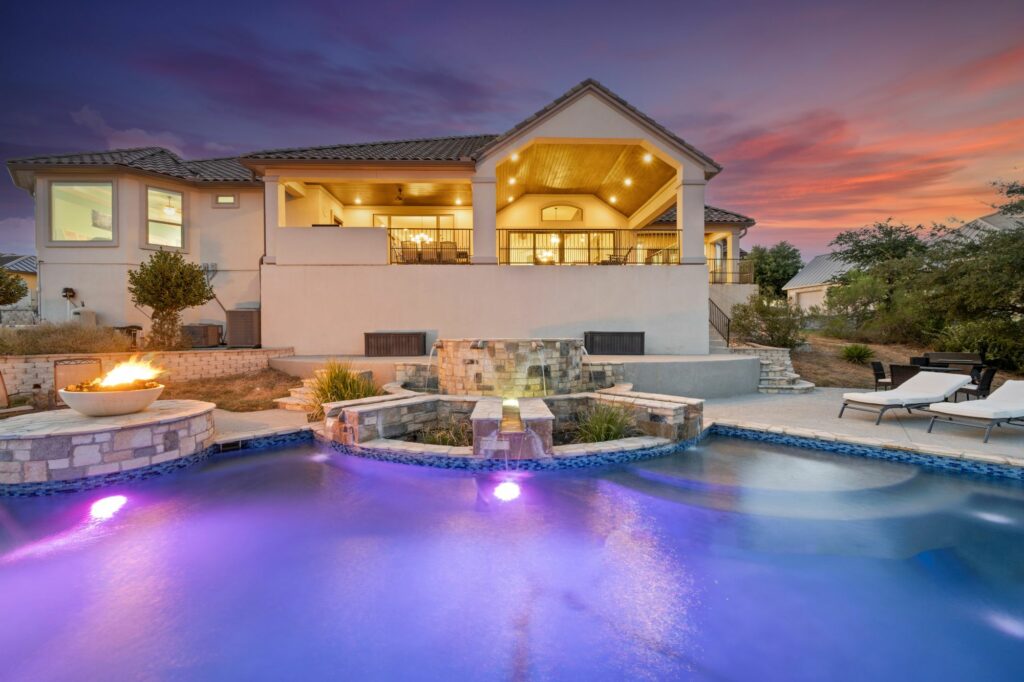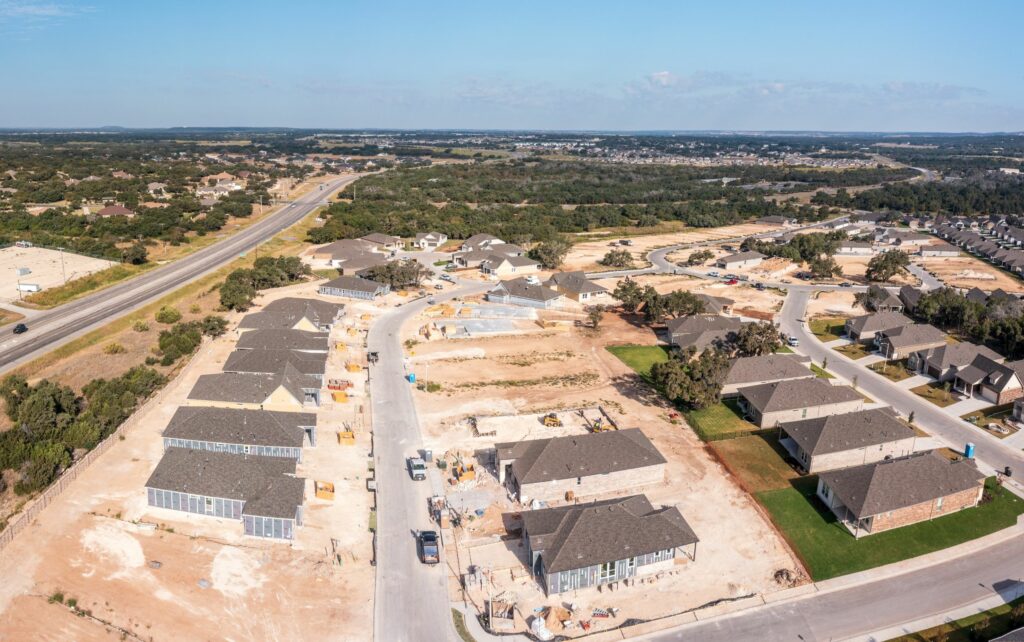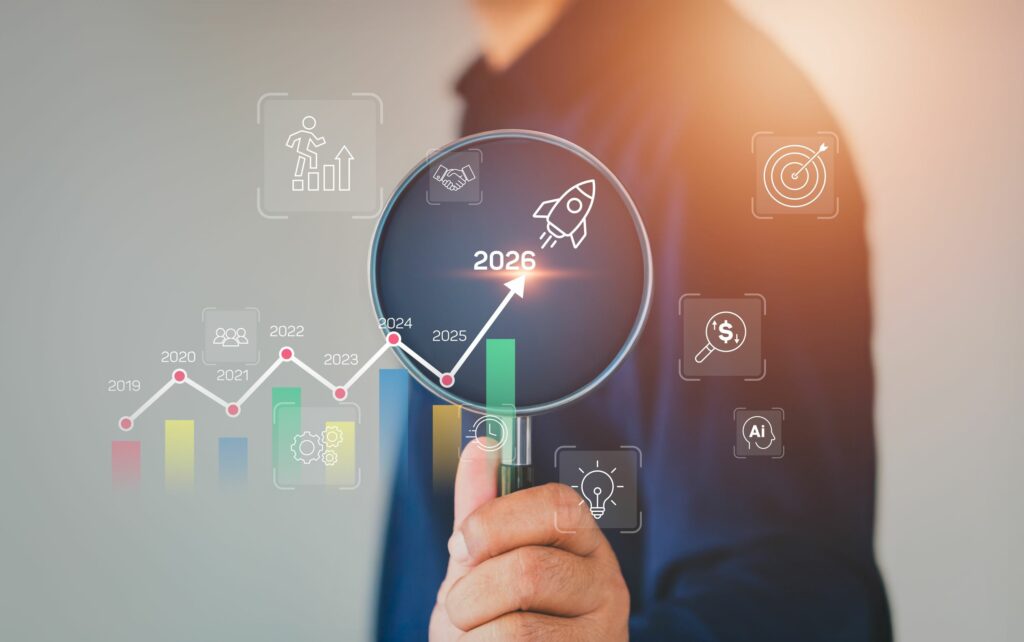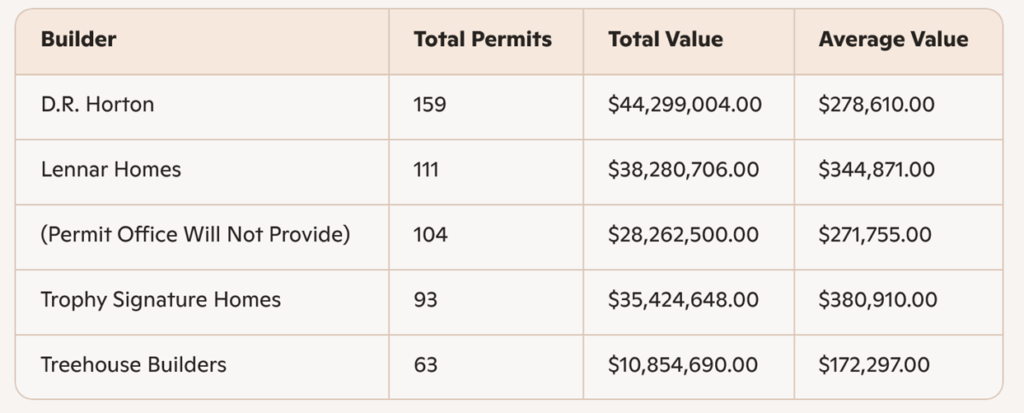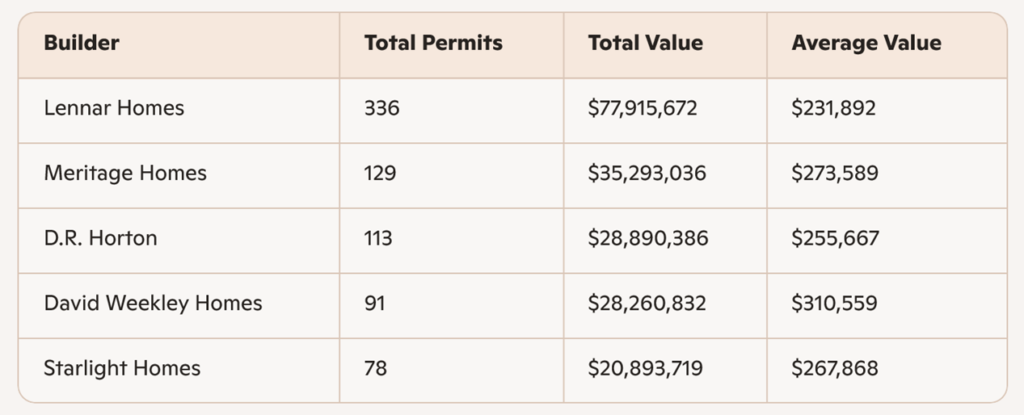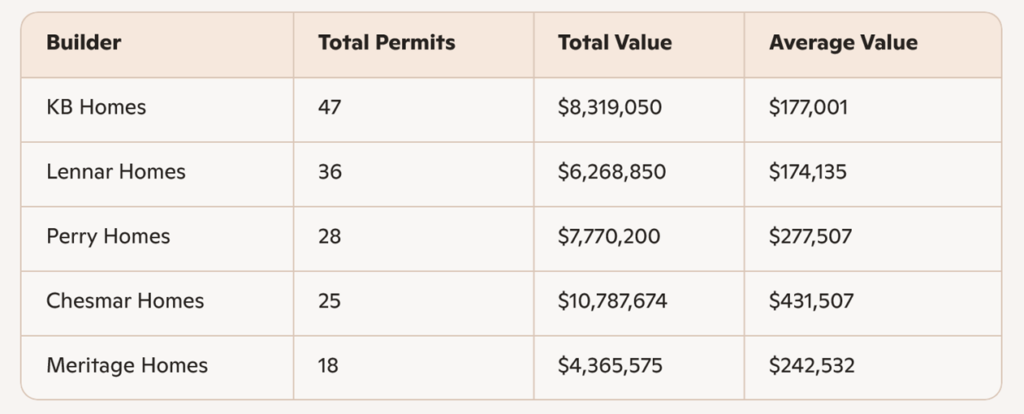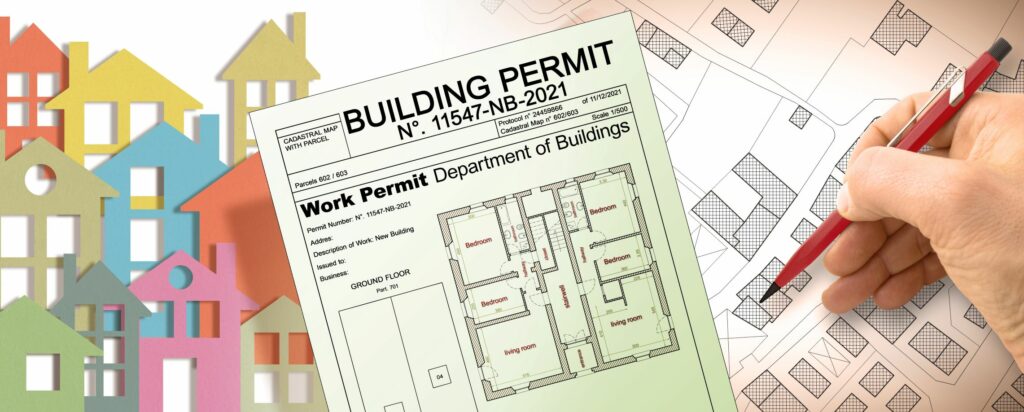
5 Ways Builders and Remodelers Can Use Building Permit Data to Win More Jobs in 2026
As the construction industry moves into 2026, builders and remodelers are navigating a landscape defined by heightened competition, shifting homeowner expectations, and an accelerating reliance on data‑driven decision‑making. For this reason, intuition and traditional marketing alone are no longer sufficient. Contractors interested in securing a stronger foothold in the new year must rely on tools that offer clarity, precision, and foresight. That being stated, one of the most powerful resources available is building permit data.
Permit records provide verified, real‑time insight into where projects are emerging, which homeowners are actively planning improvements, and how demand is evolving across neighborhoods and project types. When used strategically, the building permit data becomes a competitive differentiator that helps construction professionals refine their outreach, strengthen their pipeline, and ultimately win more profitable work.
As a long‑standing provider of permit data and construction activity reporting, HBW has seen firsthand how builders, remodelers, and specialty contractors use this intelligence to expand their market presence. Below are five of the most practical and forward‑looking ways to integrate permit data into your business strategy for 2026.
1. Identify Active Homeowners and High‑Intent Leads
One of the most persistent challenges in the construction sector is distinguishing between passive prospects and homeowners who are genuinely ready to move forward with a project. Building permit data removes this level of uncertainty. With permits being filed at the very moment a homeowner commits to a project—whether a kitchen remodel, roof replacement, pool installation, or full home addition—they represent verified, high‑intent leads.
Instead of relying on cold outreach or broad advertising, contractors can focus their efforts on homeowners who have already demonstrated financial and logistical readiness. Engaging such homeowners early (often just after a permit is filed) dramatically increases the likelihood of securing the job and positions the company as a knowledgeable partner from the outset.
2. Monitor Competitors and Decode Market Dynamics
Permit data is also a powerful source of competitive intelligence; take a look at our blog posts to see just some of the intel that HBW reports provide, and that is just the start of it. By examining which contractors are consistently pulling permits in a given service area, construction professionals gain a clearer understanding of market share, pricing tiers, and the types of projects that competitors are prioritizing. Data of this nature enables users to refine their own positioning, adjust bidding strategies, as well as identify underserved niches where a business can offer unique value.
In a market where margins are tightening and differentiation is essential, this level of insight helps contractors make more informed, strategic decisions.
3. Target High‑Value Neighborhoods and Profitable Project Types
It’s no secret – not all projects or neighborhoods offer the same return on investment. Permit data enables contractors to segment the market with far greater precision. By filtering permits by project type, valuation, square footage, or property characteristics, it is easy to identify communities undergoing waves of renovation, areas with aging housing stock, or neighborhoods where homeowners consistently pursue premium upgrades. Such customized reports enable users to direct marketing and outreach efforts toward homeowners who are most likely to require certain services and invest in higher‑value work. Whether a company specializes in luxury kitchen remodels, structural additions, or energy‑efficient retrofits, permit data can assist in focusing on the markets that align with the ideal client profile.
4. Enhance Sales and Marketing Efficiency Through Precision Targeting
While we have gone into a fair bit of detail on how to use permit data to improve marketing strategies in previous posts, I would be remiss if I didn’t mention it again. In an era where marketing budgets must stretch further, efficiency is everything, and permit data empowers sales and marketing teams to operate with greater precision and relevance. Instead of casting a wide net, teams can build targeted prospect lists, tailor messaging to the homeowner’s specific project type, and align follow‑up strategies with the homeowner’s construction timeline.
Relevance is often a driver of higher conversion rates. When outreach speaks directly to a homeowner’s immediate needs—supported by accurate permit intelligence—contractors can position themselves as a timely, informed, and trustworthy resource.
5. Forecast Demand and Plan for Long‑Term Growth
As most HBW subscribers are already aware, permit data is valuable for much more than immediate lead generation; it can also serve as a predictive tool for long‑term planning. By analyzing permit activity over months or years, contractors can identify a number of useful patterns including but not limited to seasonal shifts, emerging renovation trends, and geographic areas experiencing sustained growth.
For example, a rise in solar permits may signal increased interest in energy‑efficient retrofits, while a surge in large‑scale additions may reflect demographic shifts toward multigenerational living. Understanding patterns of this nature allows construction professionals to plan staffing, inventory, equipment investments, and marketing initiatives with greater confidence. In 2026, when agility and foresight will be essential, data‑driven forecasting becomes a strategic advantage.
The ROI of Permit Data for Construction Professionals
Contractors who integrate permit data into their business development strategy consistently report stronger pipelines, higher close rates, and more efficient allocation of resources. Whether you are a boutique remodeling firm or a large general contractor, permit data can point you to the right opportunities at the right time, reducing guesswork and elevating your competitive position.
By leveraging building permit data, you are not simply chasing leads; rather, you are adopting a more intelligent, strategic, and future‑ready approach to growth—one that aligns with the increasingly analytical nature of the construction industry.
For more information on construction business marketing tips, stay connected with the HBW Blog. To get ahead of construction activity and gain access to the latest permitting data in Florida, Texas, Georgia, Alabama and Oklahoma, contact HBW for more information on construction data reports and industry leads.

